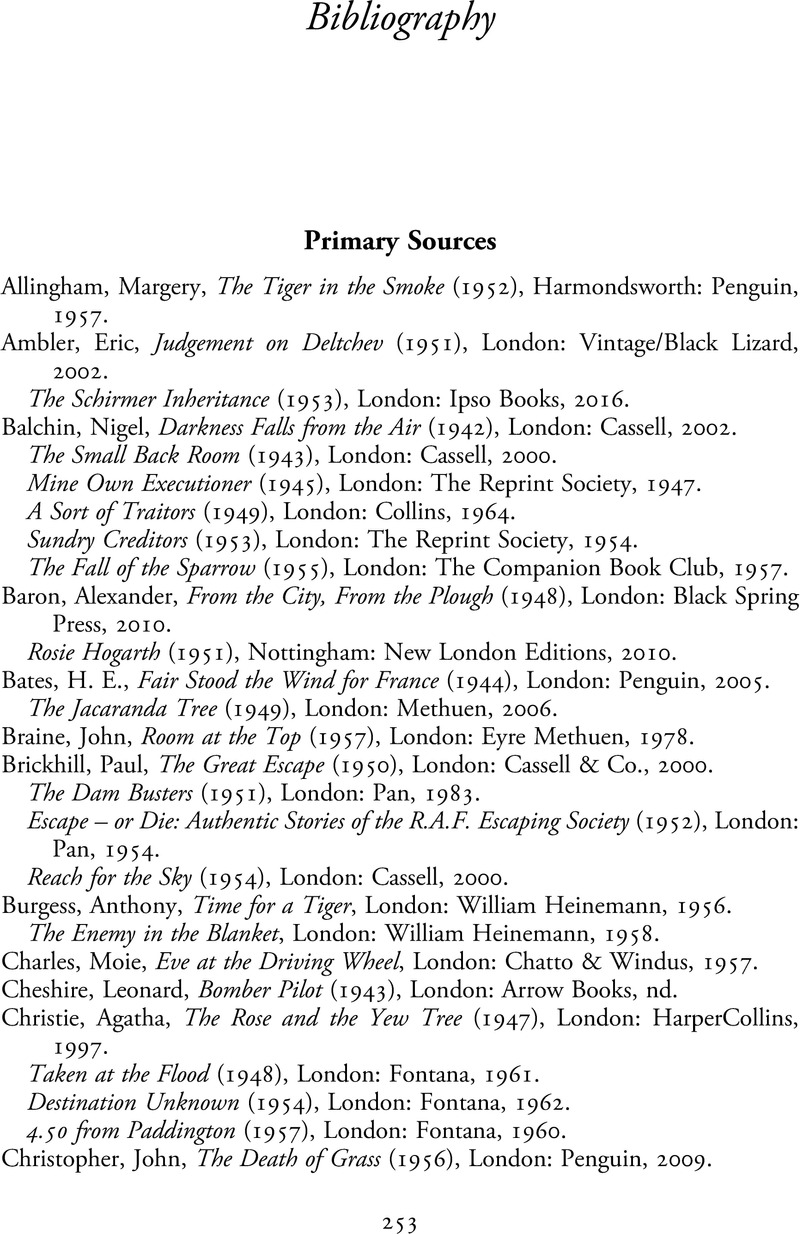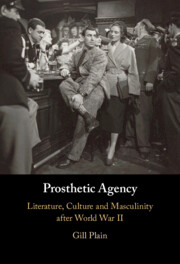Bibliography
Published online by Cambridge University Press: 29 June 2023
Summary

- Type
- Chapter
- Information
- Prosthetic AgencyLiterature, Culture and Masculinity after World War II, pp. 253 - 267Publisher: Cambridge University PressPrint publication year: 2023



